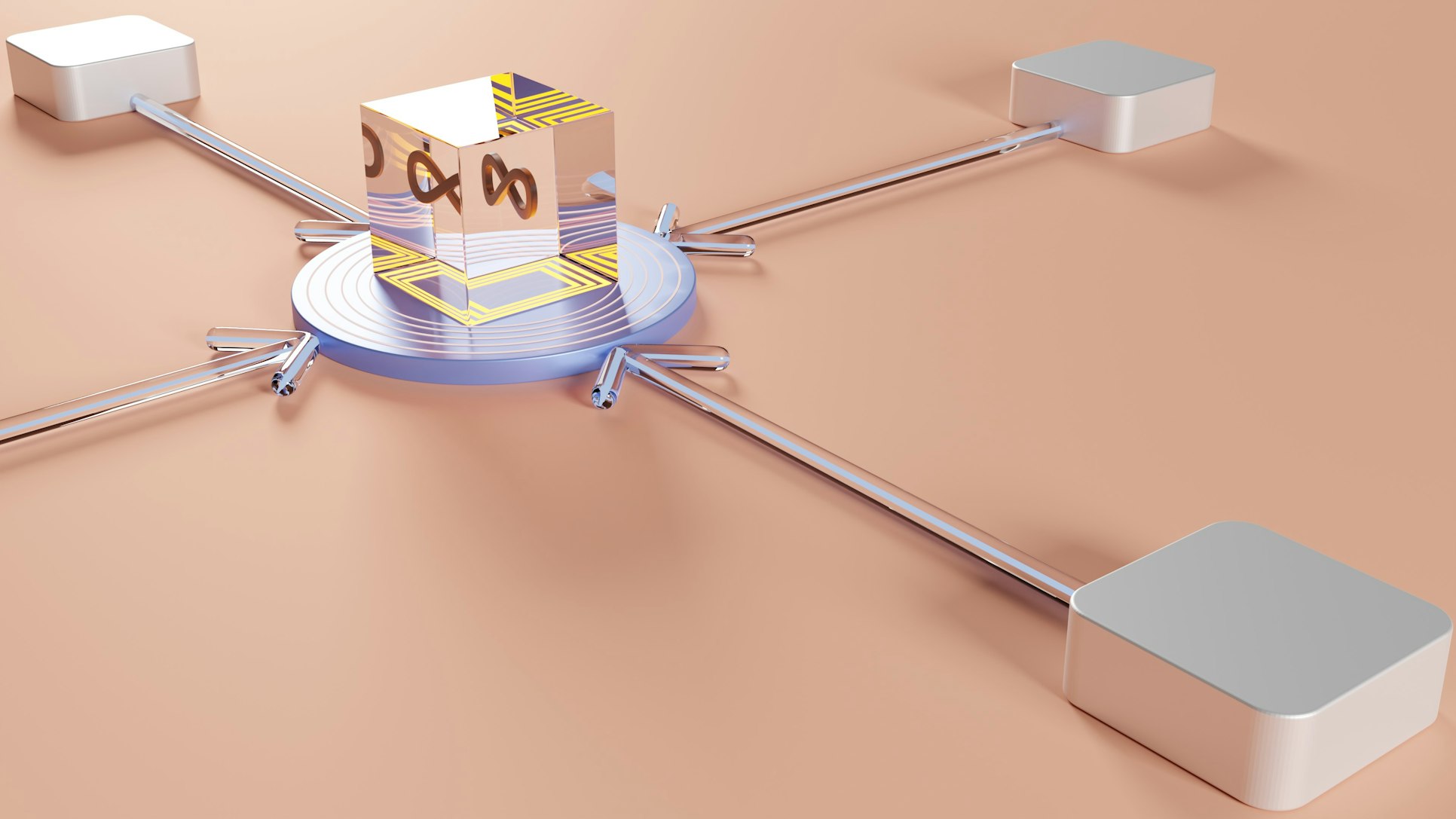Devops Roadmap
The purpose of this roadmap is to give you an idea about the landscape. The road map will guide you if you are confused about what to learn next, rather than encouraging you to pick what is hype and trendy.
Concepts of Software Development
Understanding the core principles of software development is fundamental. These concepts include:
- Software Development Life Cycle (SDLC): The process of planning, creating, testing, and deploying an information system.
- Agile Methodology: A practice that promotes continuous iteration of development and testing throughout the software development lifecycle.
- DevOps Culture: Integrates and automates the work of software development and IT operations as a means for improving and shortening the systems development life cycle.
OS & Linux Basics
Having a strong grasp of operating systems, particularly Linux, is crucial because most DevOps tools are Linux-based. Key areas include:
- File System Navigation: Commands like
ls,cd,pwd,cp,mv, andrm. - File Permissions: Understanding and managing file permissions using
chmod,chown, andchgrp. - Processes: Managing processes with commands like
ps,top,kill, andhtop. - Networking: Basics of network configuration,
ping,netstat, and managing network interfaces.
Containerization - Docker
Docker is the de facto standard for containerization, allowing you to package applications and their dependencies into a portable container. Key concepts include:
- Docker Images and Containers: Learn how to create, manage, and run containers.
- Dockerfile: Writing Dockerfiles to automate the creation of Docker images.
- Docker Compose: Managing multi-container Docker applications using
docker-compose. - Volumes and Networking: Managing data persistence and container communication.
CI/CD Pipelines
Continuous Integration and Continuous Deployment (CI/CD) automate the process of integrating code changes, testing them, and deploying to production. Tools and concepts include:
- Jenkins, GitLab CI/CD, CircleCI: Popular CI/CD tools.
- Pipeline as Code: Writing CI/CD pipelines using YAML or Groovy.
- Automated Testing: Incorporating unit, integration, and functional tests in the pipeline.
- Deployment Strategies: Blue-green deployment, canary releases, and rolling updates.
Learn one Cloud Provider
Proficiency in at least one cloud provider is essential. The major providers are:
- Amazon Web Services (AWS): Services like EC2, S3, RDS, Lambda, VPC, and IAM.
- Microsoft Azure: Services like Azure VMs, Blob Storage, SQL Database, Functions, and Virtual Networks.
- Google Cloud Platform (GCP): Services like Compute Engine, Cloud Storage, Cloud SQL, Cloud Functions, and VPC.
Container Orchestration - Kubernetes
Kubernetes automates the deployment, scaling, and management of containerized applications. Key concepts include:
- Pods: The smallest deployable units that can contain one or more containers.
- Services: Methods for exposing a set of Pods as a network service.
- Deployments: Managing the deployment of containerized applications.
- ConfigMaps and Secrets: Managing configuration and sensitive information.
Monitoring & Observability
Monitoring and observability are crucial for maintaining the health and performance of applications. Tools and concepts include:
- Prometheus & Grafana: For metrics collection, alerting, and visualization.
- ELK Stack (Elasticsearch, Logstash, Kibana): For log management and analysis.
- Tracing: Tools like Jaeger for distributed tracing to monitor and troubleshoot transactions across microservices.
Infrastructure as Code
Infrastructure as Code (IaC) involves managing and provisioning computing infrastructure using machine-readable definition files. Tools include:
- Terraform: For defining and provisioning infrastructure across various cloud providers.
- AWS CloudFormation: For creating and managing AWS resources with templates.
- Ansible: For configuration management, application deployment, and task automation.
Scripting Language
Proficiency in scripting languages is vital for automating tasks and writing custom scripts. Common languages include:
- Python: Widely used for scripting, automation, and data analysis.
- Bash: Common for Linux shell scripting and automating command-line tasks.
- PowerShell: Useful for scripting and automation in Windows environments.
Version Control - Git
Version control is essential for tracking changes in code and collaborating with others. Git is the most popular version control system:
- Git Basics: Understanding commands like
git init,clone,add,commit,push,pull, andmerge. - Branching and Merging: Managing feature branches and merging changes.
- Collaboration: Using platforms like GitHub, GitLab, or Bitbucket for code collaboration and review.
Videos
DevOps Roadmap 2024
References
-
DevOps Roadmap. https://mailchi.mp/techworld-with-nana/devops-roadmap.
-
OpenAI. (2024). DevOps Roadmap and Concepts.
-
milanm/DevOps-Roadmap: DevOps Roadmap for 2024. With learning resources.
